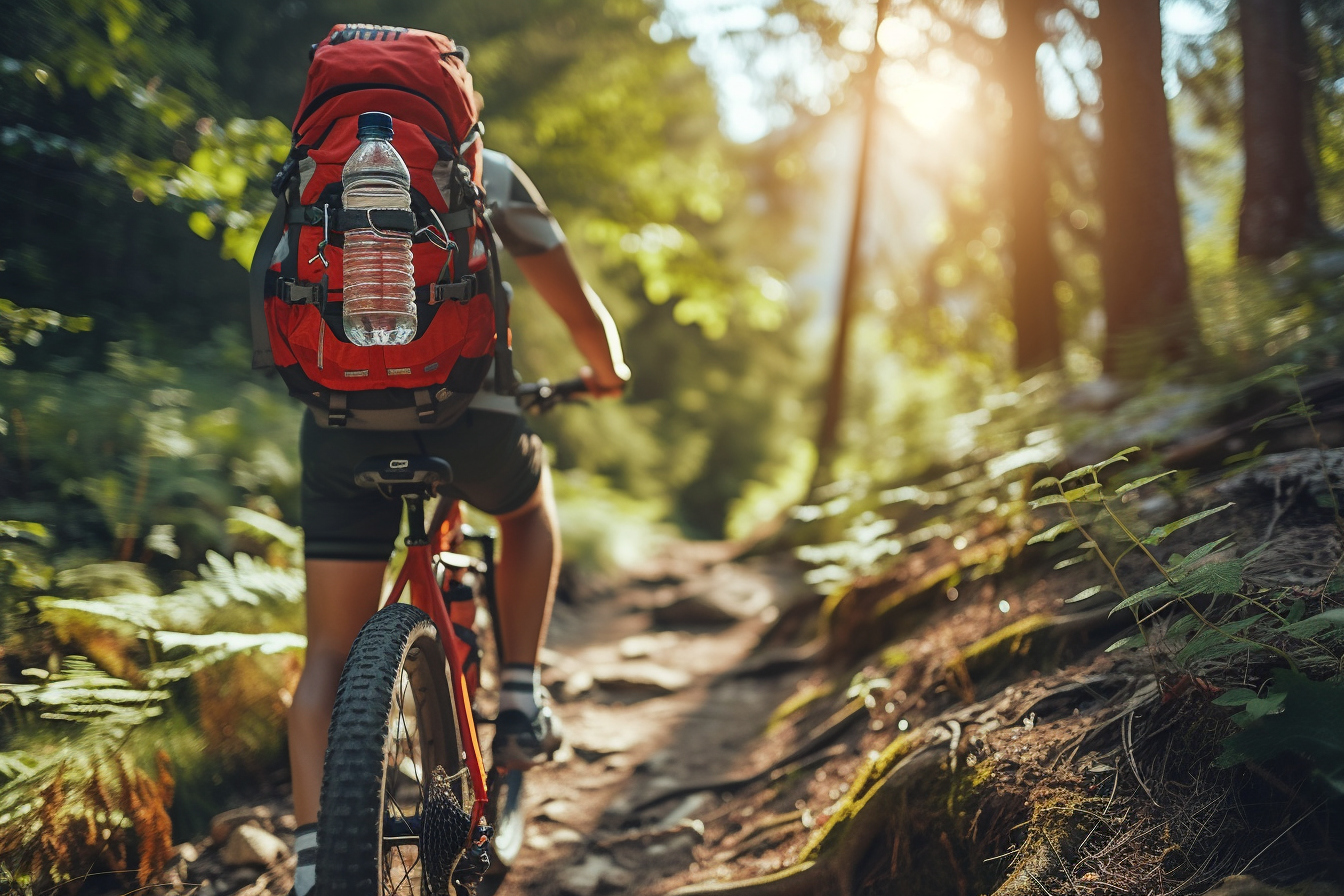Mountain biking offers an exhilarating blend of adventure, fitness, and connection with nature. If you’re looking to start trail riding, understanding the fundamentals can ensure a fun and safe experience. Let’s explore essential tips that will help you embark on your mountain biking journey with confidence.
Choosing your mountain bike
Finding the Right Fit: The first step to mountain biking is selecting a bike that suits your needs. Mountain bikes come in various shapes and sizes, so it’s crucial to get one that fits your body. Key considerations include the frame size, seat height, and handlebar position. A bike that is too large or too small can be challenging to control and may lead to discomfort or injury.
Types of Mountain Bikes: Mainly, there are cross-country bikes, designed for speed and efficiency; all-mountain bikes, which handle well on steep descents and rugged trails; and downhill bikes, built for fast and technical downhill sections. Beginners might benefit from an all-terrain model which provides a good balance for various trails.
Mastering the fundamentals
Before hitting the trails, it is imperative to learn the basics. Start with practicing on flat terrain or basic trails to get comfortable with your bike’s handling, braking, and gear shifting.
Braking: Learn to use both the front and rear brakes efficiently. Over-reliance on the front brake can lead to flipping over, while too much rear brake can cause skidding.
Gear Shifting: Understand how to shift gears smoothly. Low gears help with climbing steep hills, whereas high gears are useful for descending or riding on flat ground.
Body Positioning: Keep your body flexible and ready to adapt to the terrain. On descents, shift your weight back. On climbs, lean forward to distribute your weight evenly and maintain traction.
Safety equipment
Helmets: A good helmet is non-negotiable. Ensure it is certified, fits well, and is adjusted correctly. Helmets designed for mountain biking usually offer more coverage and protection, especially at the back of the head.
Gloves and Pads: These can significantly reduce the severity of cuts and bruises from falls. Gloves also offer better grip and protect against blisters.
Eye Protection: Glasses or goggles protect your eyes from dust, dirt, and branches that can obstruct your vision or injure you.
Trail selection and etiquette
Start with less challenging trails and gradually work your way up. Consult local biking communities for recommendations suited for beginners. Always follow trail etiquette which includes:
- Yielding to other trail users: Hikers and horseback riders have the right of way. When encountering other bikers, downhill riders should yield to those climbing.
- Staying on the trail: Avoid creating new paths or widening existing ones, as this can cause environmental damage.
- Leave no trace: Do not litter. If you bring it with you, make sure to take it back.
- Respect trail closures: They are often for your safety or to protect wildlife and vegetation.
Maintenance and upkeep
Routine maintenance extends the life of your bike and ensures a safer ride. This includes:
- Cleaning your bike after rides, especially if you’ve been through mud or water.
- Checking tire pressure as incorrect pressure can affect grip and handling.
- Inspecting the brakes to ensure they are responsive and not worn out.
- Lubricating the chain to keep it running smoothly and prevent rust.
Develop a pre-ride checklist to help ensure your bike is in optimal condition before heading out.
Skills development
Learn Basic Repairs: Flat tires are common, so knowing how to fix a puncture is essential. Bringing a small repair kit with tools and spare tubes can save the day.
Take a Class: Consider enrolling in a mountain biking class. Many bike shops offer clinics that can teach you fundamental skills and mechanics.
Ride with Experienced Bikers: Not only can they provide valuable tips, but they can also show you the best local trails for your skill level.
Fitness and conditioning
Mountain biking is physically demanding. Engaging in exercises that build cardiovascular endurance, leg strength, and core stability will enhance your ability to tackle various terrains.
Cardio Workouts: Running, swimming, or cycling can all help increase your stamina.
Strength Training: Focus on exercises such as squats, lunges, and planks to build muscle strength.
Flexibility: Incorporating stretching or yoga into your routine can prevent injuries and improve your overall riding technique.
Nutrition and hydration

Staying energized and hydrated is crucial. Pack enough water, preferably in a hydration pack for easy access. Snack on foods high in complex carbohydrates and proteins, such as energy bars or fruits, to keep your energy levels up during long rides.
Build your confidence slowly
Tackling too much too soon can be discouraging and dangerous. Start with easy trails and gradually increase the difficulty as you become more comfortable. It’s better to finish a trail feeling like you could have done more than to be overwhelmed by a trail that’s too challenging.
Mountain biking is a journey that continually rewards with new skills, stunning vistas, and an overwhelming sense of accomplishment. By preparing properly and respecting both the sport and your personal limits, you will set the foundation for a lifelong passion for hitting the trails. Plus, the mountain biking community is full of supportive riders who remember what it was like to be a beginner.
Remember, each ride is a learning opportunity. Enjoy the process as you develop from a novice to a seasoned trail rider. With every pedal stroke, you’re not just moving forward on the trail, but also in your mountain biking adventure.







Leave a Reply